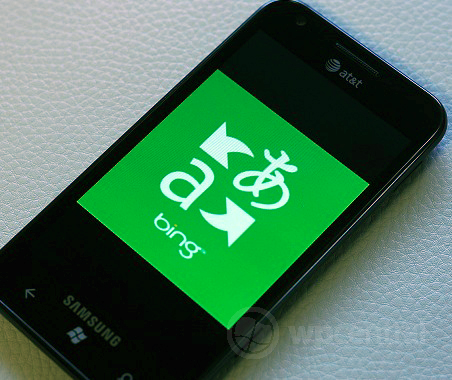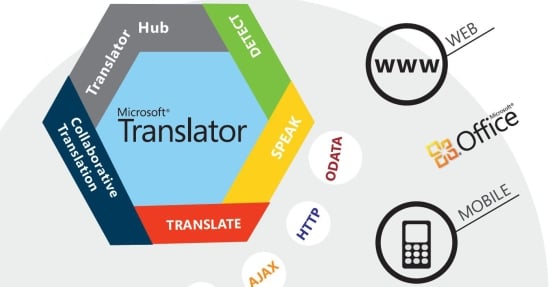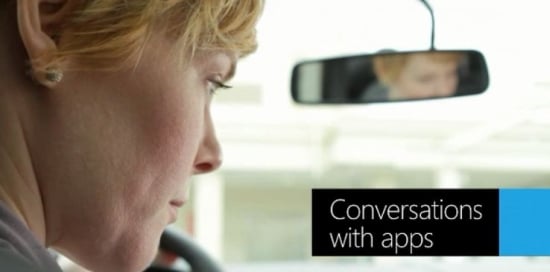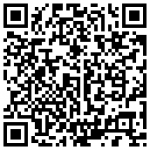With a new Translator Hub, Microsoft gives the power of language to developers

Microsoft yesterday announced commercial availability of their Microsoft Translator Hub. The service has been designed to allow developers and business to deliver tailored, real-time translation in up to 39 languages. The real-time translation is available as an Azure Marketplace application, enabling users to leverage the Microsoft Cloud to deliver more relevant machine translation applications to their customers.
The applications vary for this service but as an example, it will allow for fluid, real time translation of live web chat interactions from customer services representatives. It goes beyond plain machine translation by allowing the output to be fully optimised for that particular application. A private set of data can be uploaded and using the Translator’s machine learning training system, output can then be tailored as required. Manipulating the output could allow exclusion of business specific nomenclature such as names of products or abbreviations. These customised translation scenarios can then be tested deployed so that they suit each application for which they are targeted. Once the solution is deployed, it can accessed through the familiar Microsoft Translator Service API, all the time being kept private or shared, depending on what you require.
Many of you may already be familiar with Microsoft’s translation engine. You can experience it though their Bing Translator Web page. Better still if you are a Windows Phone user (that’s why you’re here right?) you can simply download their excellent Translator app that allows for online as well as offline translation. The app uses a compressed version of the Bing Translation engine in conjunction with language packs to provide for offline translation. Currently it supports six languages Chinese, English, French, German, Italian and Spanish. It’s well worth a try.
What Microsoft are doing here is allowing its users a flexible way to combine their own customised translation models (using the Microsoft Translator Hub) with the solid existing MS Translator API. This in turn will allow those that use the service to build and deploy highly scalable solutions to fit their own needs rather than utilising a less than flexible off the shelf solution.

How does this stack up against Google’s Translation offering?
Whilst Google offer a similar set of Translation services for machine translation applications, they provide support for up to 60+ languages, which is almost double that of what Microsoft currently offers. Microsoft look to be offering users a way to leverage their machine learning engine to help customers maximise the relevance and accuracy of the translated output.
Providing the Translator Hub to users could just be compelling enough for its customers to choose Microsoft’s cloud based service over that of Google’s. As the MS service is a linguistically informed statistical machine translation system, I would expect that its machine learning would only get better the more it is used. Perhaps Microsoft will, by proxy improve its service simply by seeing how their Cloud based system adapts to the various custom data sets that will be finding its way to them via the Translator Hub?
All the latest news, reviews, and guides for Windows and Xbox diehards.
Machine Dreams
One of the things I find the most exciting with these cloud-based machine learning systems is the potential for improvement and progress for everyone. The collective input via millions of transactions of speech recognition and text translation queries via the web, combined with powerful machine learning, should lead to rapid improvements in the quality of results.
I’d certainly like to hope that this improved backend will benefit us directly with faster, more accurate speech recognition technology. Microsoft have revealed a few teasers of their proposed improvements to the Tellme speech engine. Currently it is fairly limited but its been demoed at the recent the Windows Phone 8 summit engaged in what they call conversational querys. So there will actually be a two way interaction with the service, this will be made available to 3rd party developers to power their apps.
If you haven't tried Microsoft's Translator app for Windows Phone (it has augmented reality!) you can grab there here in the Marketplace for free.
Source Microsoft via ZDNet’s Mary Jo Foley

Robert is a Former Contributor for Windows Central, covering hardware, software, and Windows Phone.



